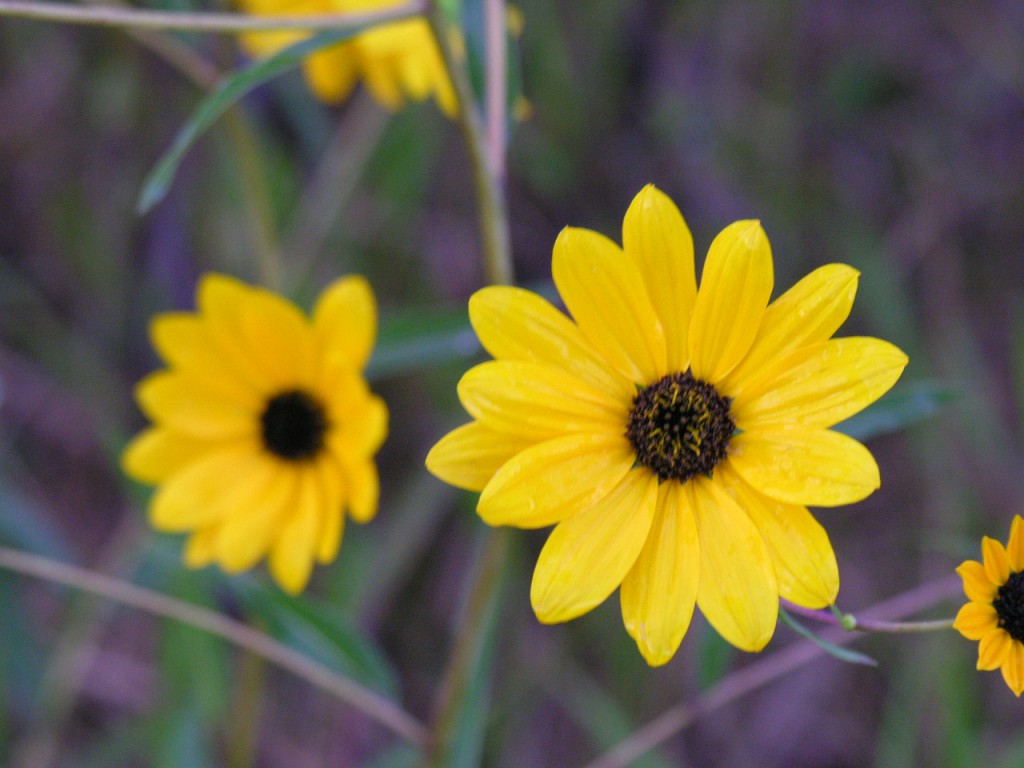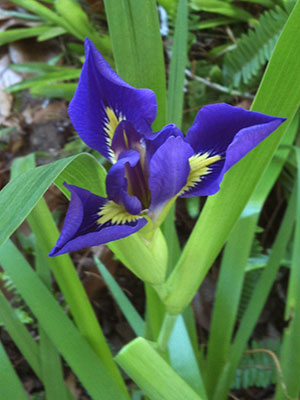Rain gardens are an easy way to return water to our aquifer, reduce erosion, and help prevent stormwater runoff.
Running down the driveway or patio, rainwater can pick up lawn chemicals and pesticides. A rain garden is basically a low section of the landscape planted with native plants that like to get their “feet” wet. The garden collects rainwater, giving it a chance to “strain” out impurities before draining into the aquifer.
They work best when they’re placed at the bottom of downspouts or naturally low spots in the landscape, usually where water tends to puddle. They’re especially useful for collecting runoff from paved surfaces. Rain gardens can be any size or shape and can attract thirsty wildlife.
When selecting plants, you’ll need to consider how much sun your site gets and how much space is available. Make sure you select plants that are not just water-tolerant, but also drought-tolerant for the times between rains.
Rain gardens rely on plants that will survive dry spells but then soak up excess stormwater during Florida’s rainy months, preventing the water from running across your landscape.
Include different types of plants in your rain garden to create a complete and cohesive look that will provide year-round interest. The following is a short list of flowers, shrubs, and grasses that would perform well in a rain garden.
Flowers:
- Blue flag iris
- Goldenrod
- Swamp sunflower
- Spider lily
- Milkweed
Grasses:
- Florida gamma grass
- Muhly grass
- Wiregrass
Shrubs:
- Virginia willow
- Buttonbush
- Wax myrtle
Here is a list of native plants that will do well in your North Florida rain garden. As always consult your local Extension Office for more information. All of the information in this article was provided by UF/IFAS Extension.
- Reference Books for Gardeners and Landscapers Alike - August 3, 2015
- The Danger Within… What’s Hiding in Our Woods - June 15, 2015
- What To Do with All This Rain? Plant a Rain Garden! - April 14, 2015


